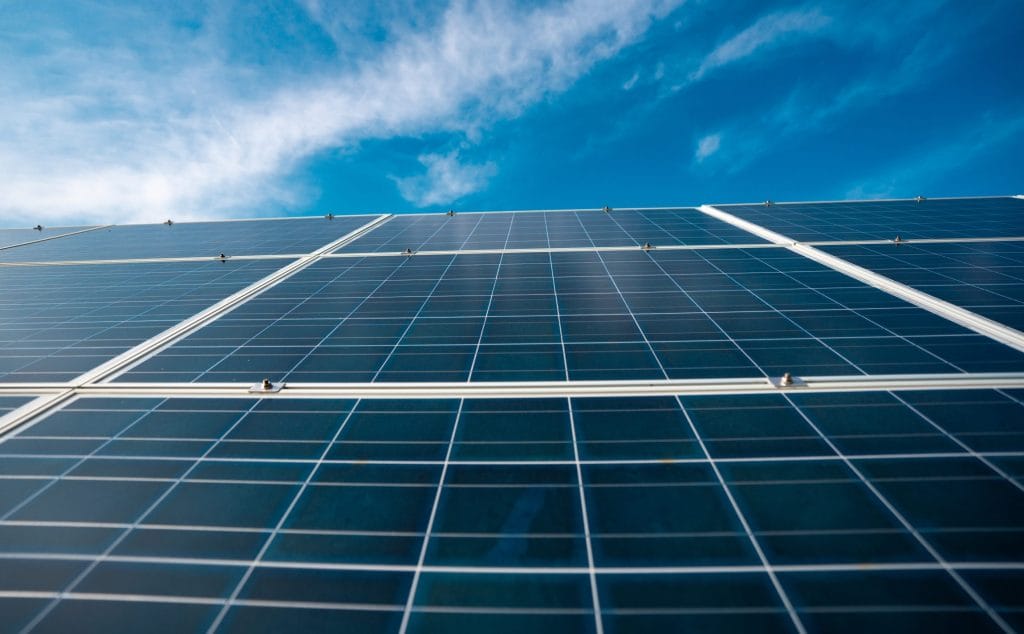Updated: August 22, 2025
One of the greatest benefits of a solar energy investment is the tax benefits.
Homeowners who go solar not only eliminate their electric bill, but they also can get 30% of the system cost back through the Solar Investment Tax Credit.
This is bright news for homeowners who have experienced escalating energy costs.
We’ve compiled an up-to-date guide detailing the tax credit: how it works when it will expire and who qualifies.
is the solar investment tax credit still in place?
As President Trump returns to office in January and political control shifts in congress, many of our clients are curious about what this election means for the solar industry and, more specifically, the potential impact that changes in federal policy might have on the solar installations they are considering.
While it is never possible to predict the future, an evaluation of past shifts along with consideration of the mechanics of government can help inform a look ahead.
Most solar policy experts are predicting significant changes under the new administration, but that these changes will take time to implement.
Furthermore, there is an established precedent of implementing tax and policy changes in a way that protects individuals and businesses that have made decisions and investments under the current rules.
Sometimes referred to as “grandfathering” or “safe harbor rules” most of these policy changes include mechanisms to avoid retroactive “takings” and allow businesses and markets to function even as change looms on the horizon.
What Is the Solar Tax Credit?
Otherwise known as the solar investment tax credit, federal investment tax credit, or ITC for short, this tax credit gives a solar system owner the ability to deduct 30% of the system cost from taxes owed. Solar Energy Storage counts towards the tax credit too.
For a long time, the tax credit allowed you to recoup 30% of solar system costs.
A step-down schedule began in 2020 when the tax credit dropped from 30% to 26%. The stepdown was put on pause for two years when the federal government signed the 2020 COVID relief bill.
In August of 2022 through the Inflation Reduction Act, the Solar Investment Tax Credit was increased back to the original 30% and extended for a decade. A new stepdown schedule will begin in 2032.
What does the Solar Tax Credit Look Like?
If you get a solar system installed in 2025 for $25,000, you will recoup 30%, so $7,500 through the solar tax credit.
Do I Qualify for the Solar Tax Credit?
What are the requirements to take the solar tax credit?
Only one! You must have a tax liability. In other words, you must owe taxes to take advantage of this tax credit.
One of the biggest misconceptions about the solar tax credit is that you get money back when you go solar. The federal government does not give money out in the form of grants or direct payments. The federal solar tax credit offsets taxes that you owe. Here at Kokosing Solar, we’re solar experts and not tax experts! We can tell you about the current incentive, however, please speak with your tax accountant about your specific tax situation.
Solar Tax Credit FAQ’s
Can I carry it forward?
The law requires the credit to be used in full the year your system is installed if you have enough tax liability.
If you do not have enough tax liability, you can carry the tax credit forward into the following years. The rules start to change here for commercial and residential entities.
Commercial entities can carry forward the tax credit for up to 20 years to recoup taxes.
For residential solar system owners, the tax liability can be carried forward for up to five years, until the full amount is used up.
Is there a cap?
No, there is no limit or cap on the solar tax credit. No matter how much you spend on your solar installation you’ll be able to claim the tax credit in full for the year the system was installed.
What expenses can I claim with this tax credit?
- The full turnkey solar installation can be claimed on the solar tax credit.
- As long as they’re powered by solar, solar batteries can be claimed.
- Batteries retrofits are also eligible if installed within one year of the solar installation.
- Roof repair and replacement are not covered by the solar tax credit.










